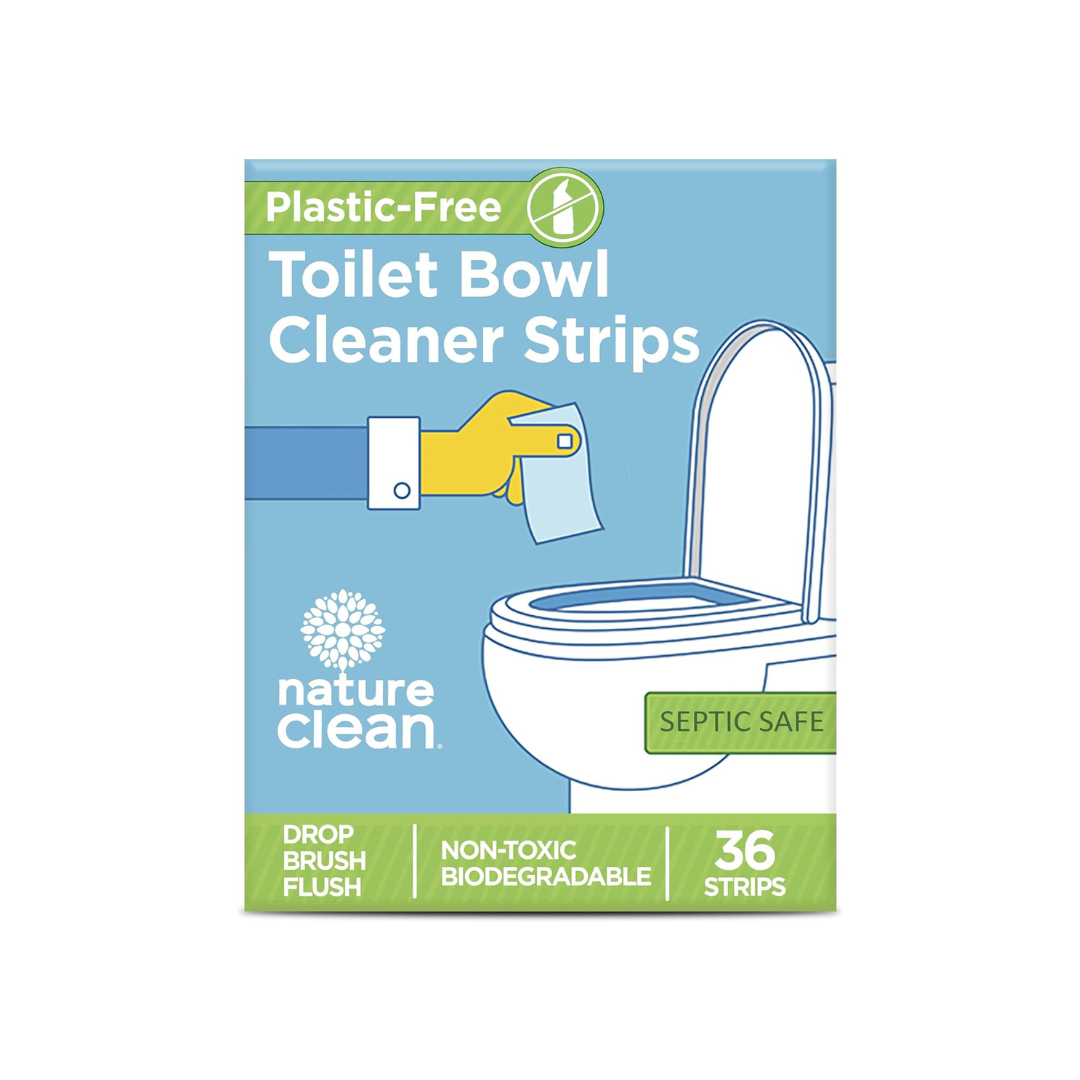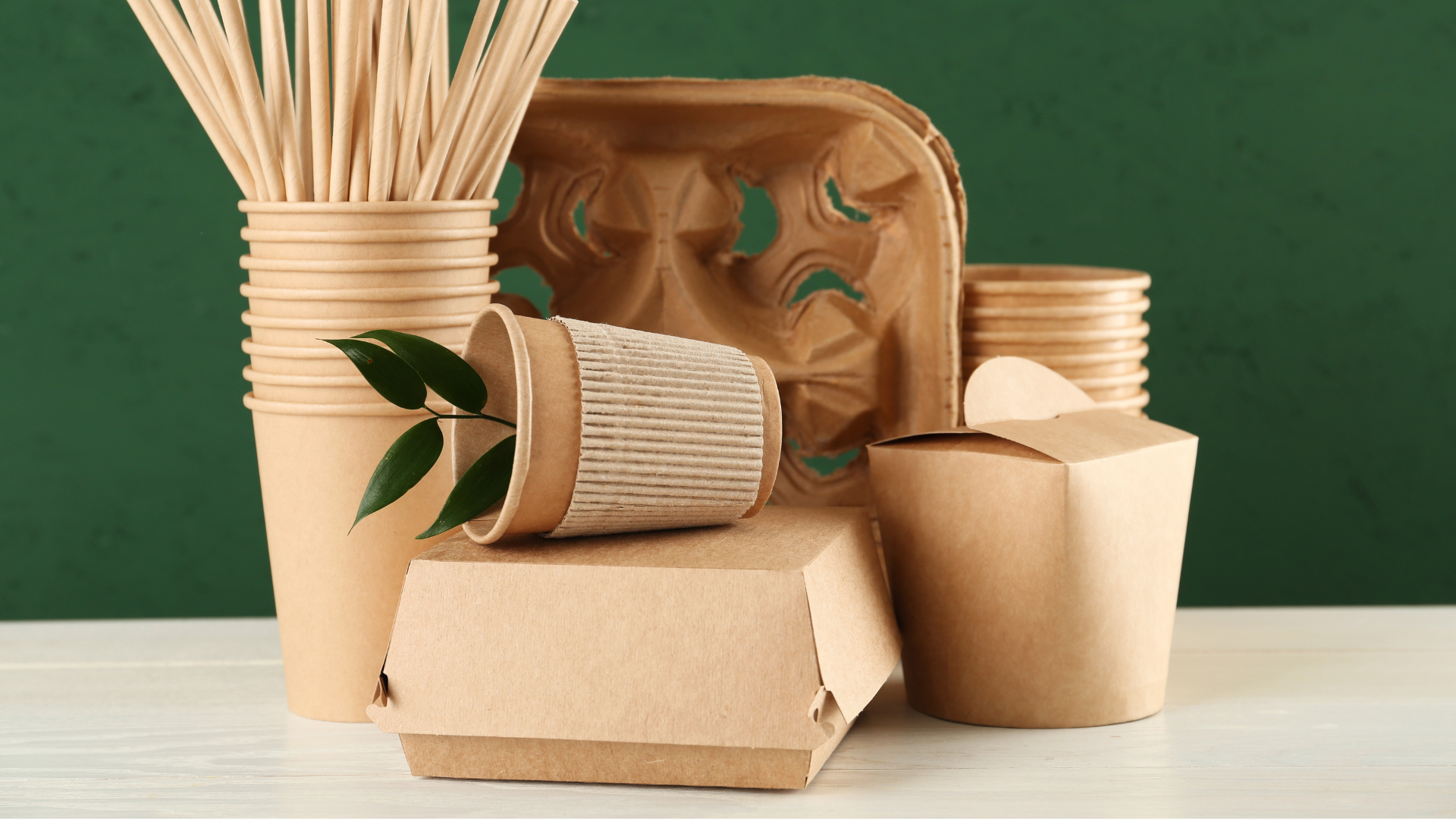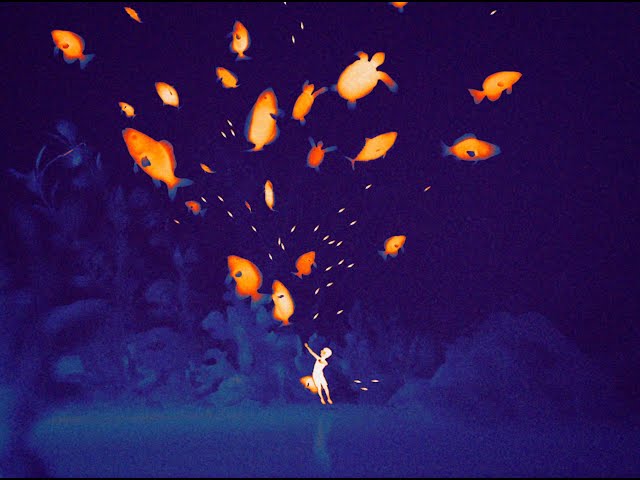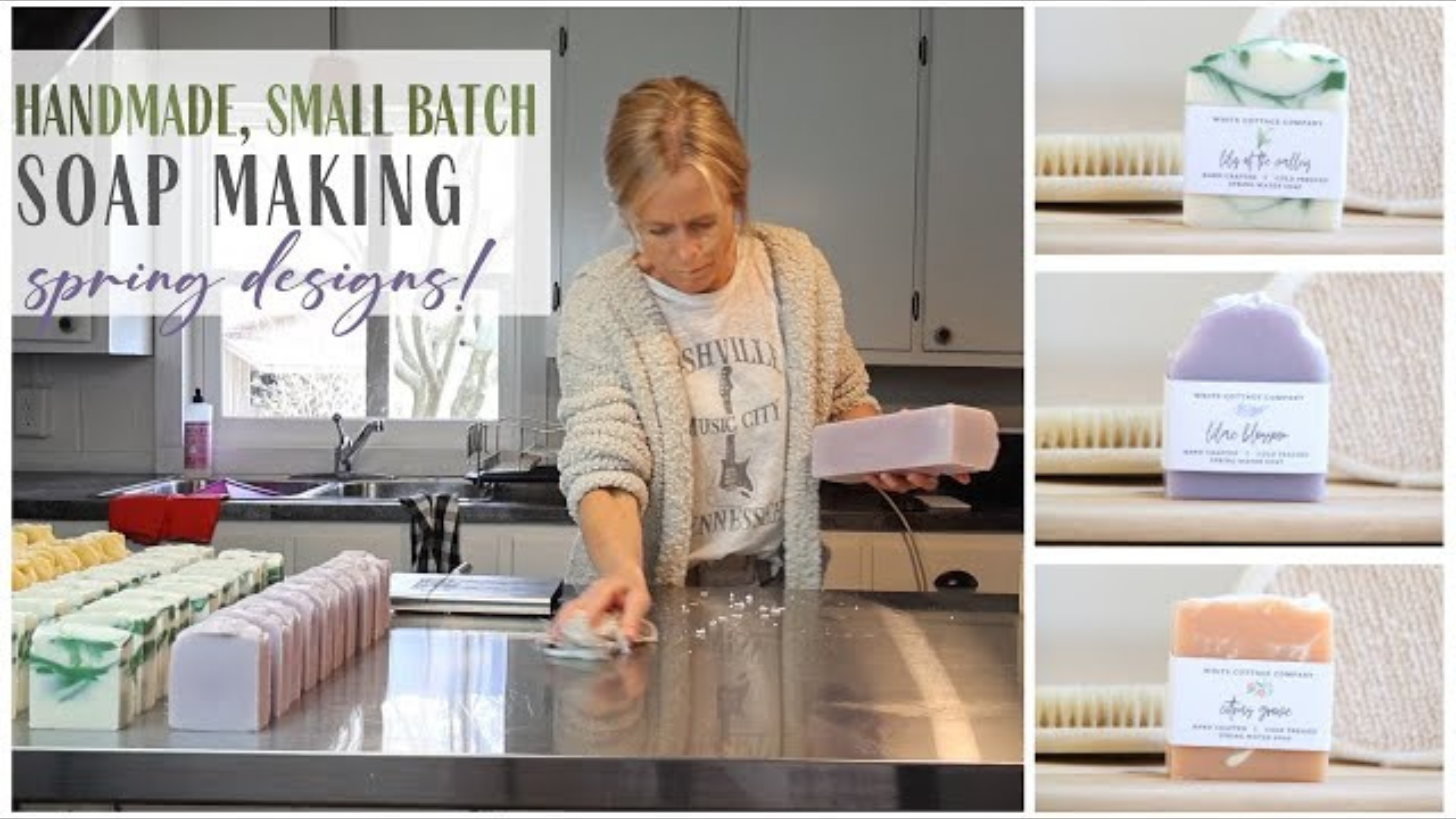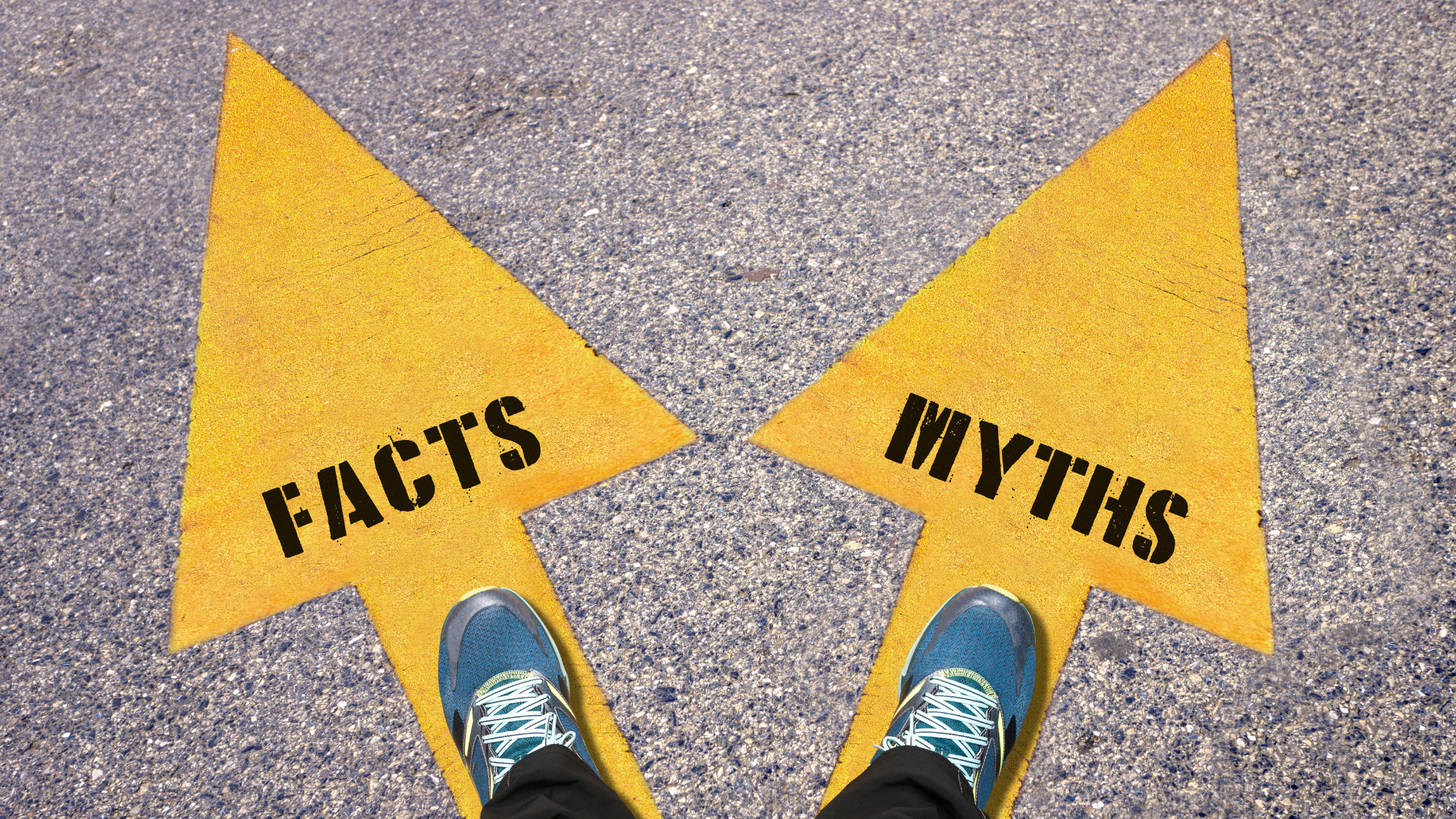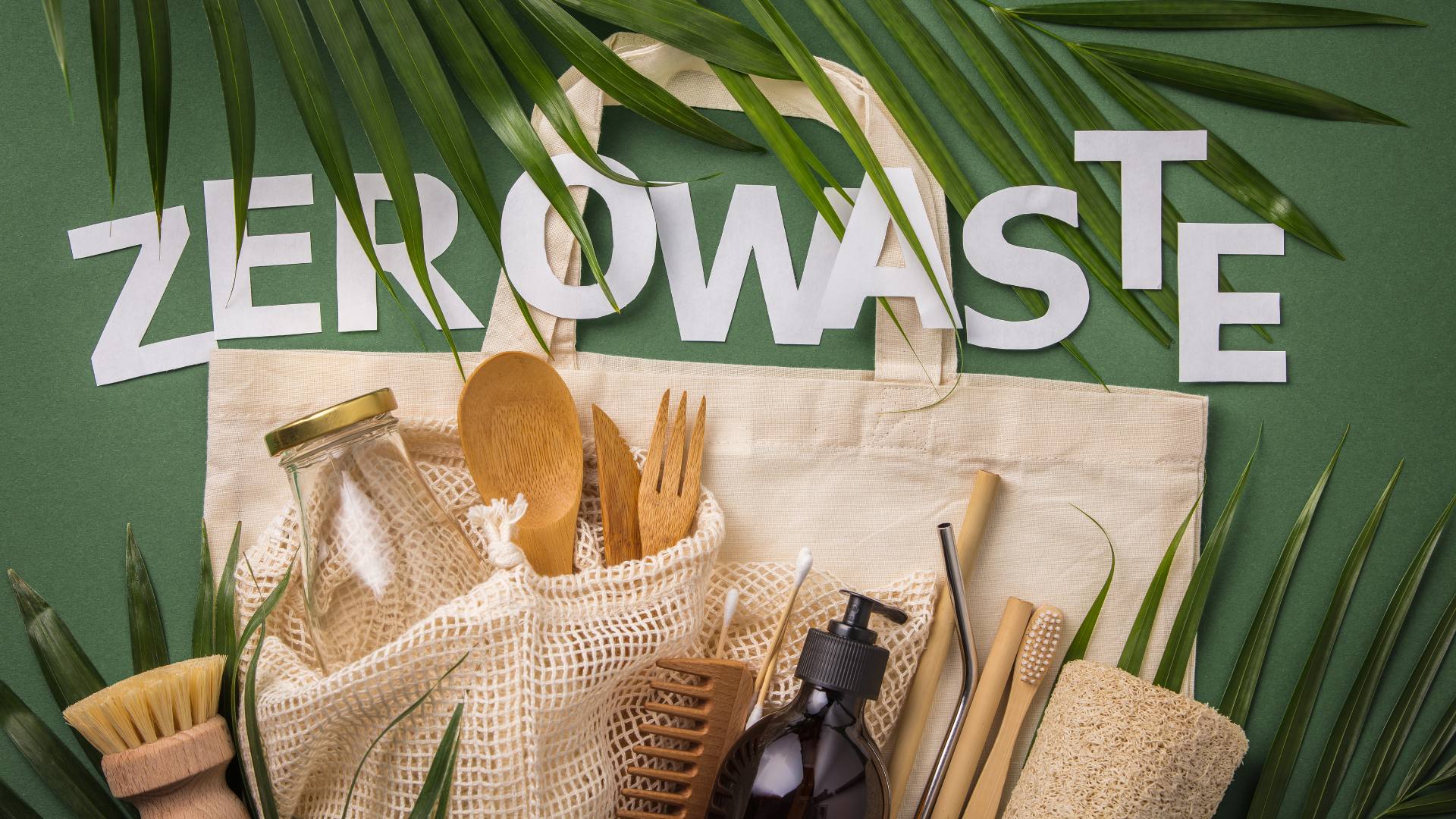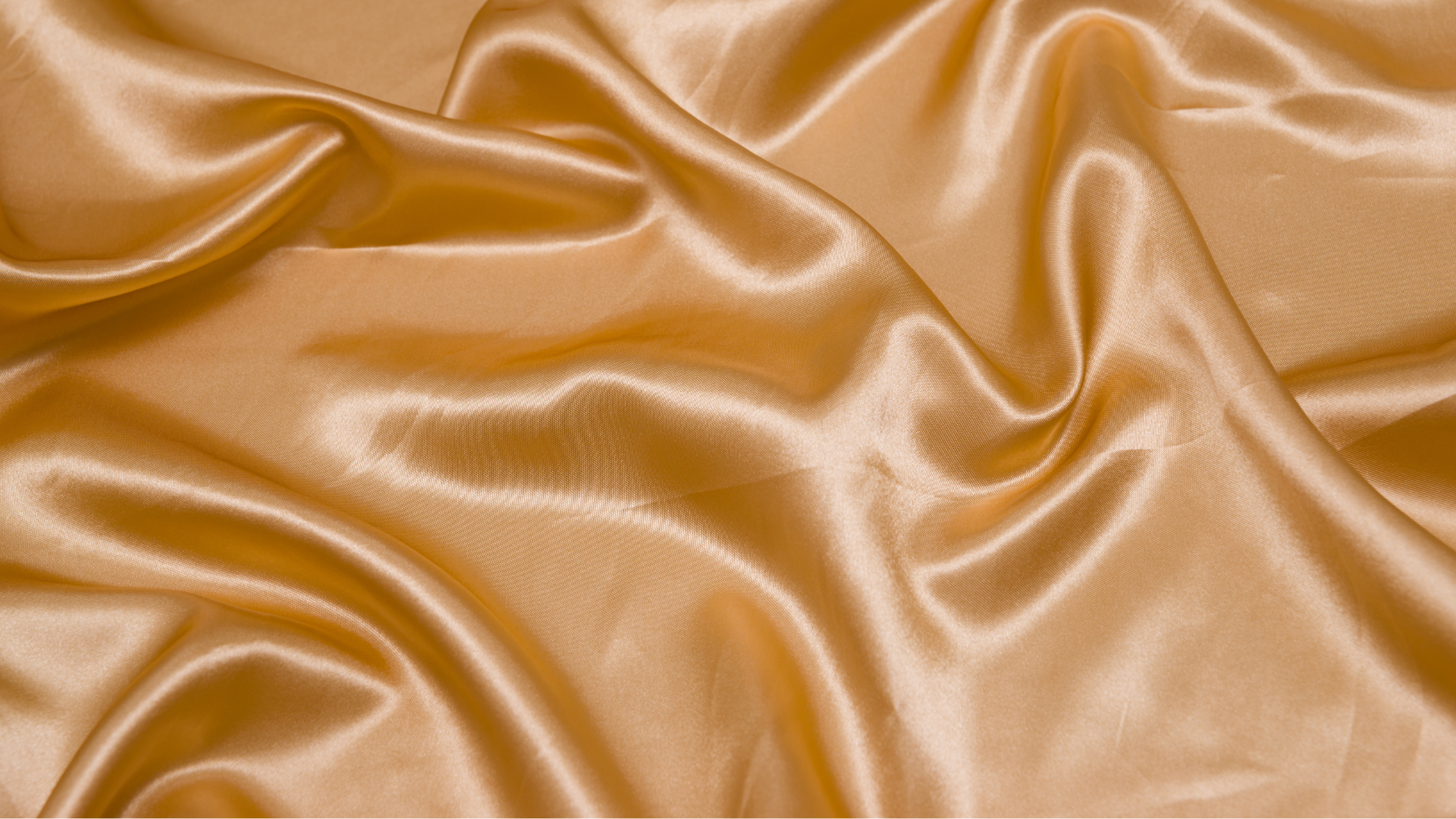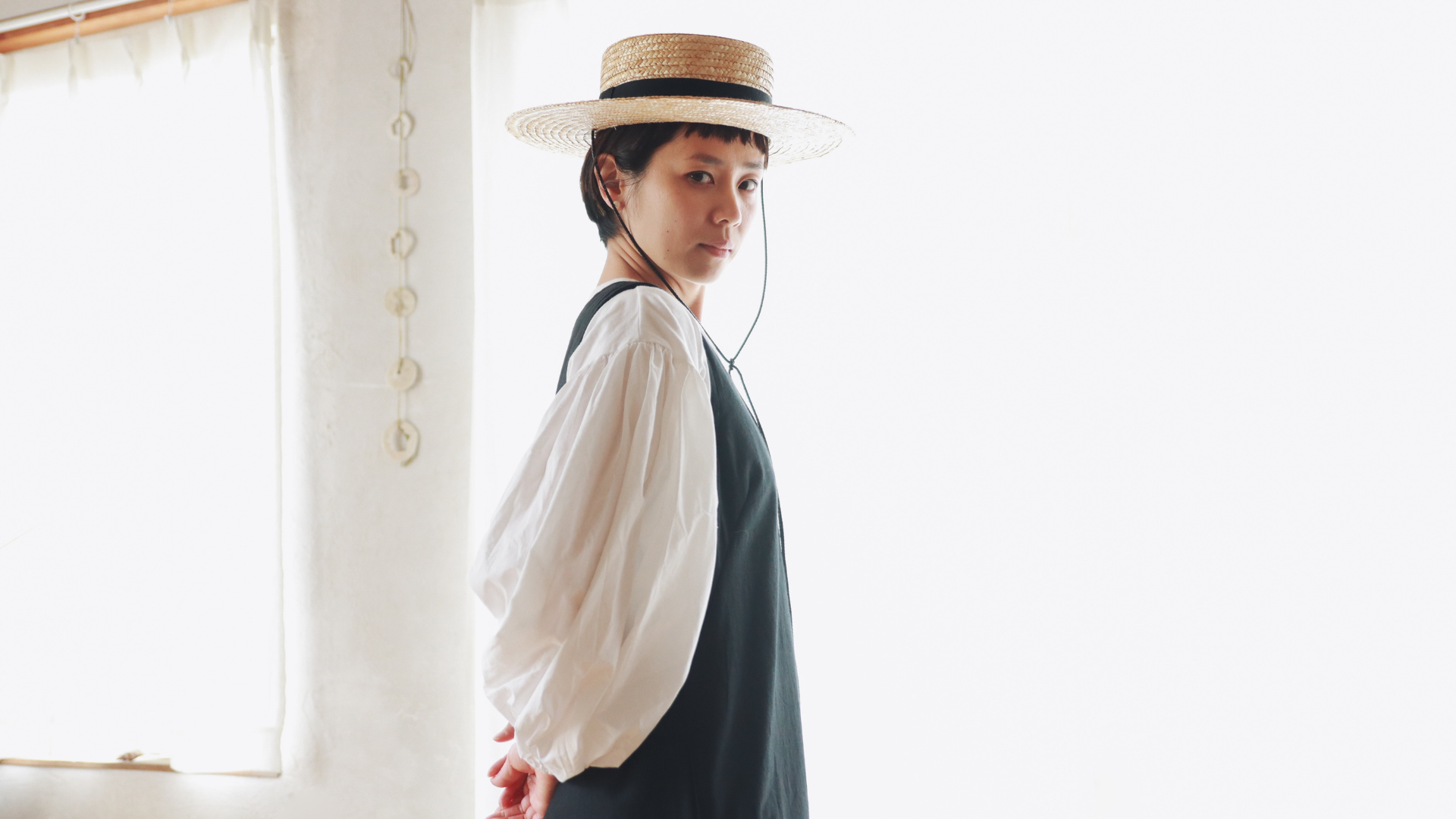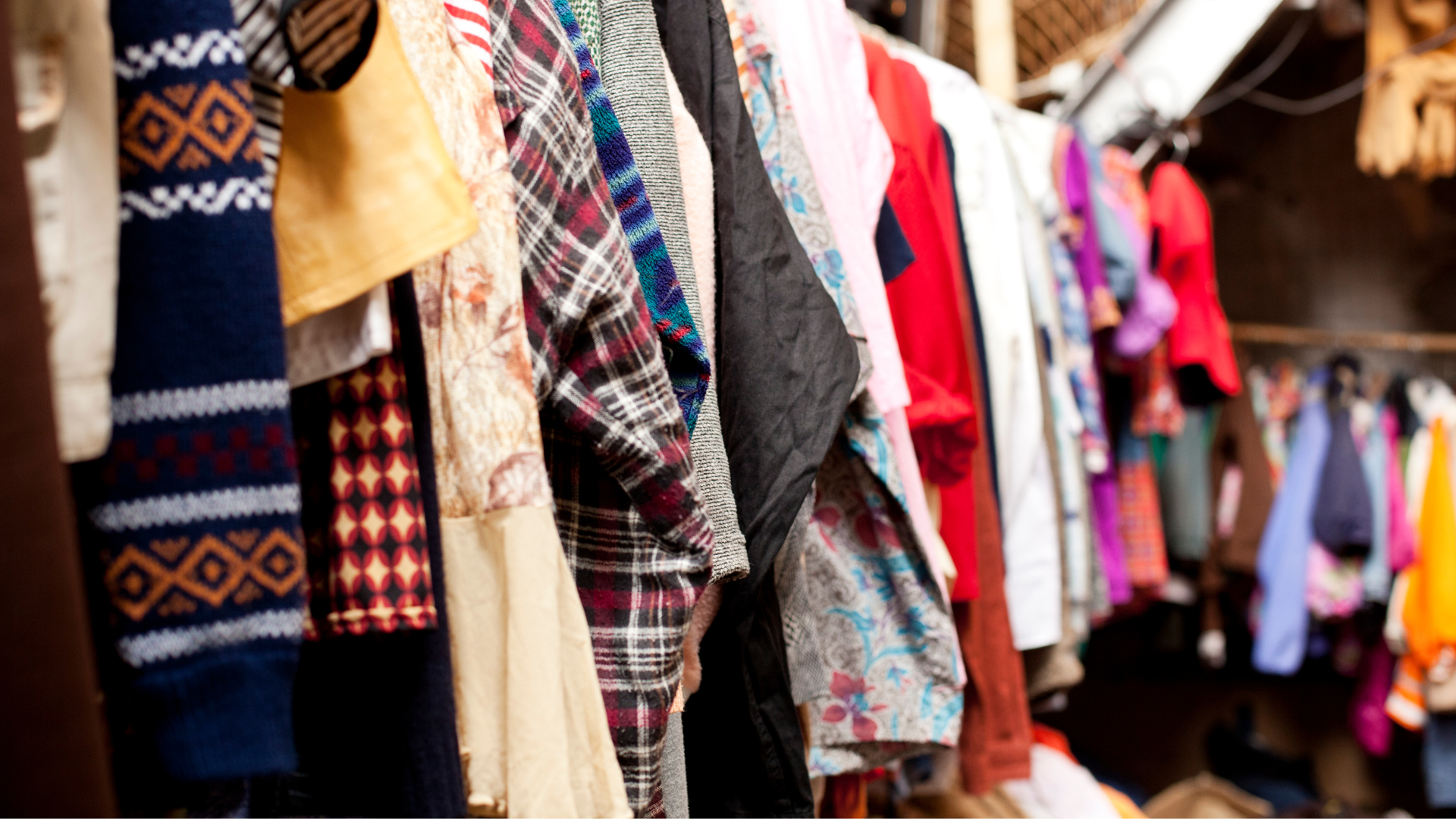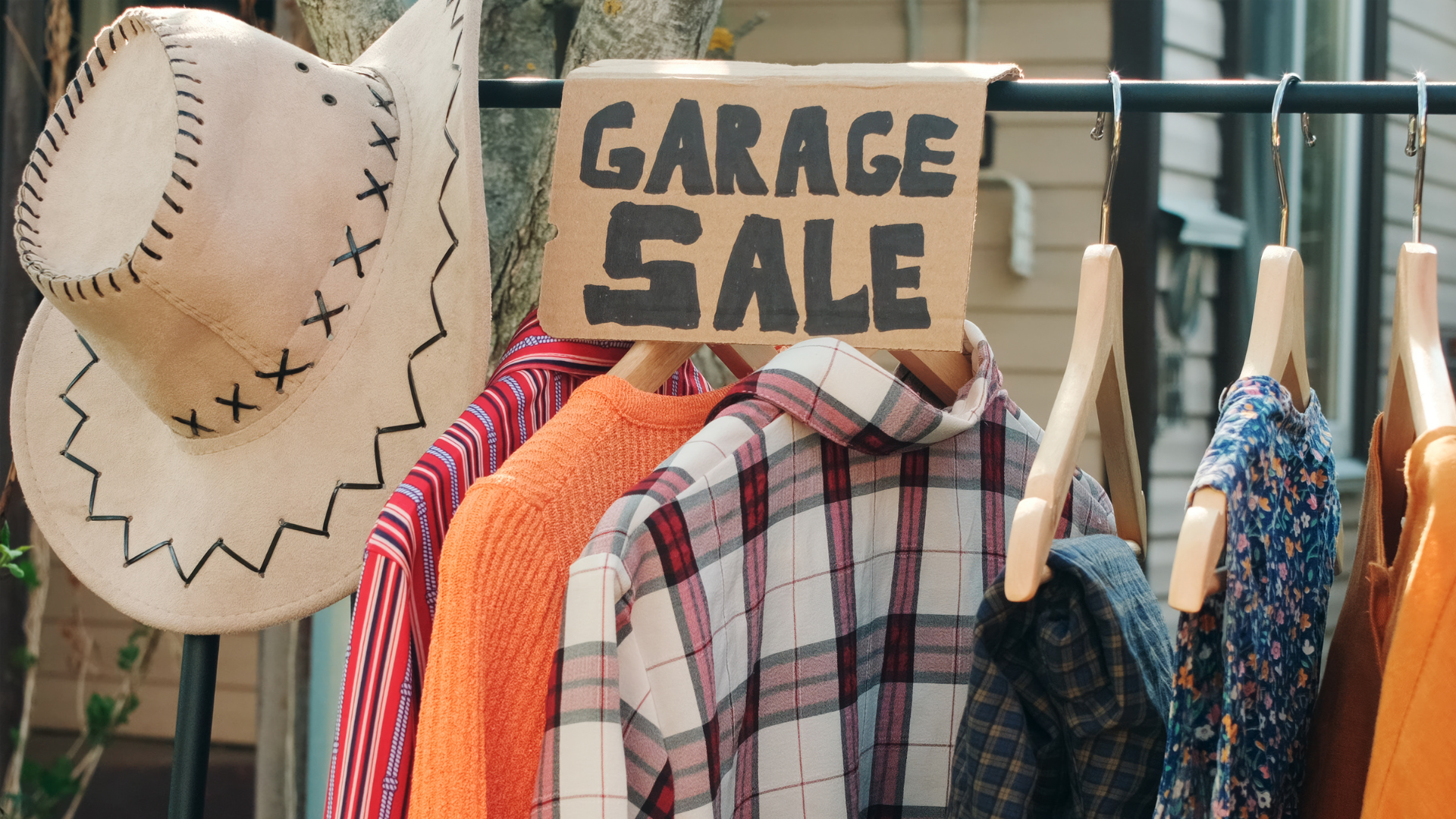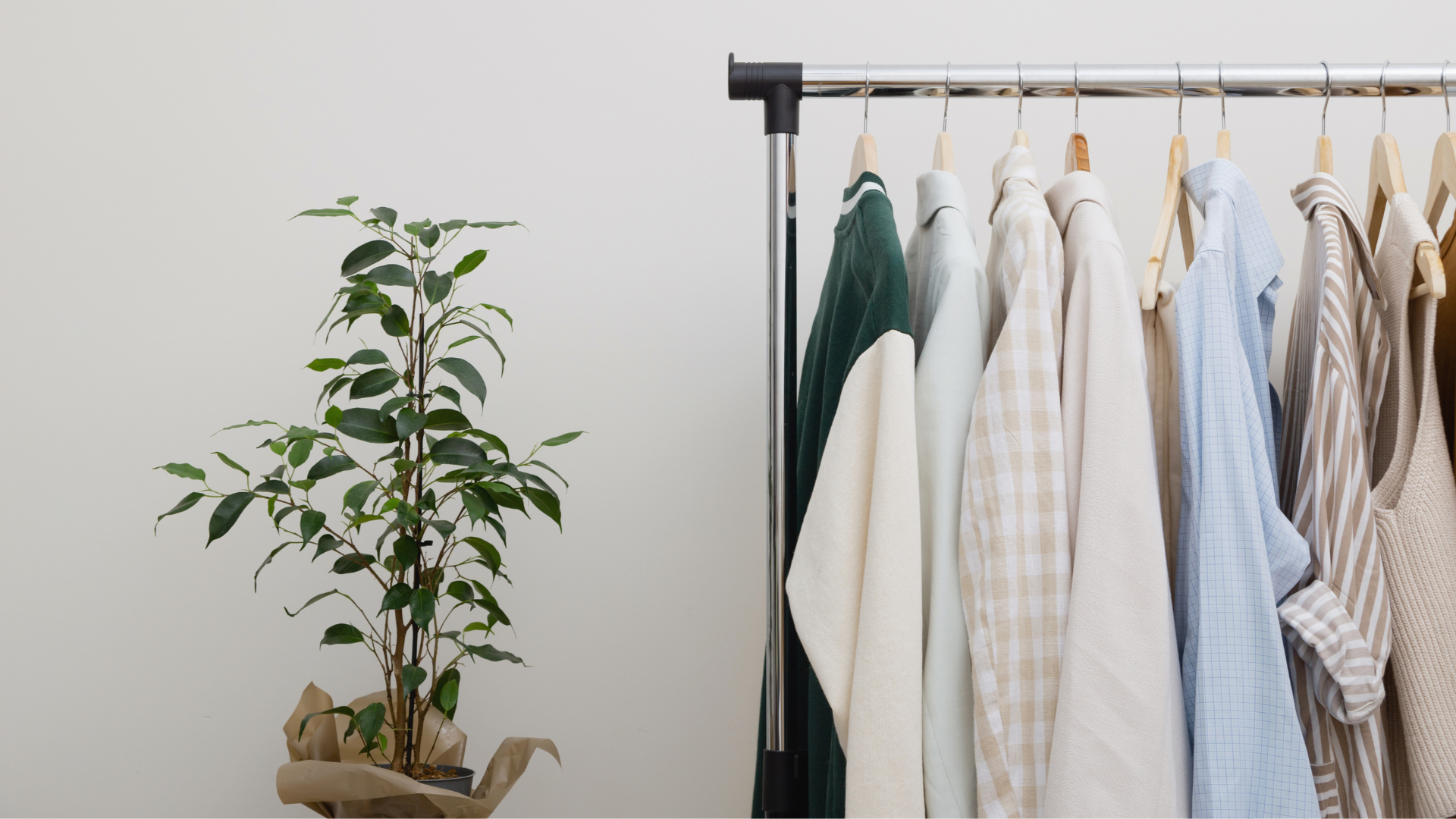In the realm of sustainable fashion and eco-friendly textiles, viscose stands out as a versatile and widely used fabric. But what exactly is viscose? This comprehensive guide dives deep into the world of viscose, exploring its characteristics, production process, and environmental impact.
Understanding Viscose: Origin and Characteristics
Viscose, often regarded as a semi-synthetic fabric, is made from regenerated cellulose derived from wood pulp, typically from trees like beech, pine, and eucalyptus. The process transforms this pulp into a versatile and silky material, making it a popular choice in the fashion industry due to its numerous desirable properties such as high absorbency, breathability, and drape.
The Production Process of Viscose
The creation of viscose involves several steps:
- Pulping: Wood chips are treated to extract cellulose.
- Dissolution: The cellulose is dissolved in chemicals to form a viscous solution.
- Spinning: The solution is forced through spinnerets, solidifying the strands into fibers.
- Regeneration: The fibers are treated to regenerate cellulose.
Properties and Uses of Viscose
Viscose is renowned for its silk-like feel, making it ideal for dresses, blouses, and scarves. It blends well with other fibers and is often used in carpets and upholstery, showcasing its versatility.
Environmental Impact of Viscose Production
While viscose is derived from renewable sources, its production can be environmentally intensive, primarily due to the chemicals used in the process. Efforts are ongoing to make this process more sustainable, with innovations like Lyocell and Modal, which use closed-loop processes that recover and reuse solvents.
Sustainable Alternatives to Traditional Viscose
Eco-conscious consumers can opt for viscose made from sustainably managed forests or from recycled cellulose, contributing to a lower environmental footprint.
Viscose in Sustainable Fashion
As the fashion industry moves towards more sustainable practices, viscose is often highlighted for its potential in creating eco-friendlier garments. Brands are increasingly transparent about their sourcing and production processes, ensuring that their viscose is ethically produced.
Certifications and Standards
Look for certifications like FSC or PEFC, which ensure that the wood pulp used for viscose is sourced from responsibly managed forests.
Care and Maintenance of Viscose Fabrics
Preserving the quality and longevity of viscose garments involves proper care:
- Washing: Gentle cycles and cold water are best.
- Drying: Air-drying is recommended to prevent shrinkage.
- Ironing: Use low heat to avoid damage.
Comparing Viscose with Other Fabrics
Viscose vs Cotton: Viscose is more absorbent and breathable but less durable.
Viscose vs Polyester: Viscose offers better breathability and a more natural feel compared to synthetic polyester.
FAQs About Viscose
Is viscose fabric eco-friendly?
Viscose can be eco-friendly when produced using sustainable practices and sourced from certified forests.
How does viscose feel against the skin?
Viscose is soft, smooth, and breathable, often compared to silk in its comfort.
Can viscose shrink or stretch?
Viscose can shrink when washed in hot water. Careful laundering is essential to maintain its shape.
Is viscose suitable for summer clothing?
Yes, its breathability and moisture-absorbent properties make viscose ideal for summer wear.
How does the cost of viscose compare to other fabrics?
Viscose is generally more affordable than natural fibers like silk but can vary depending on the quality and brand.
Conclusion
Viscose offers a promising option for those seeking sustainable and comfortable textiles. As the industry evolves, the focus on improving its environmental footprint continues to grow. By choosing responsibly produced viscose, consumers can enjoy the fabric's benefits while supporting sustainable practices.
Call to Action
Explore more about sustainable materials and responsible fashion choices on our Sustainable Living blog. Join us in making informed decisions that contribute to a healthier planet.
By delving into the details of what fabric is viscose, we hope to enlighten and inspire our readers to make choices that align with their values and the well-being of our environment.



